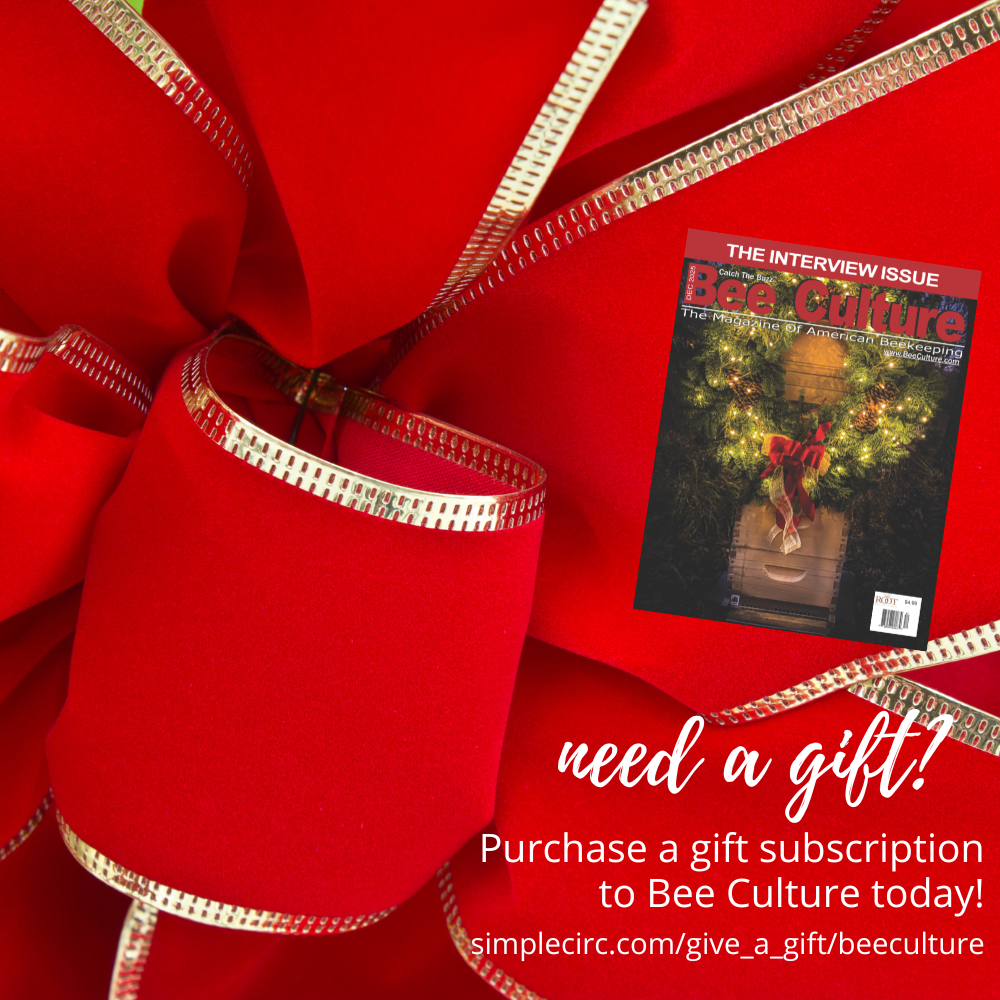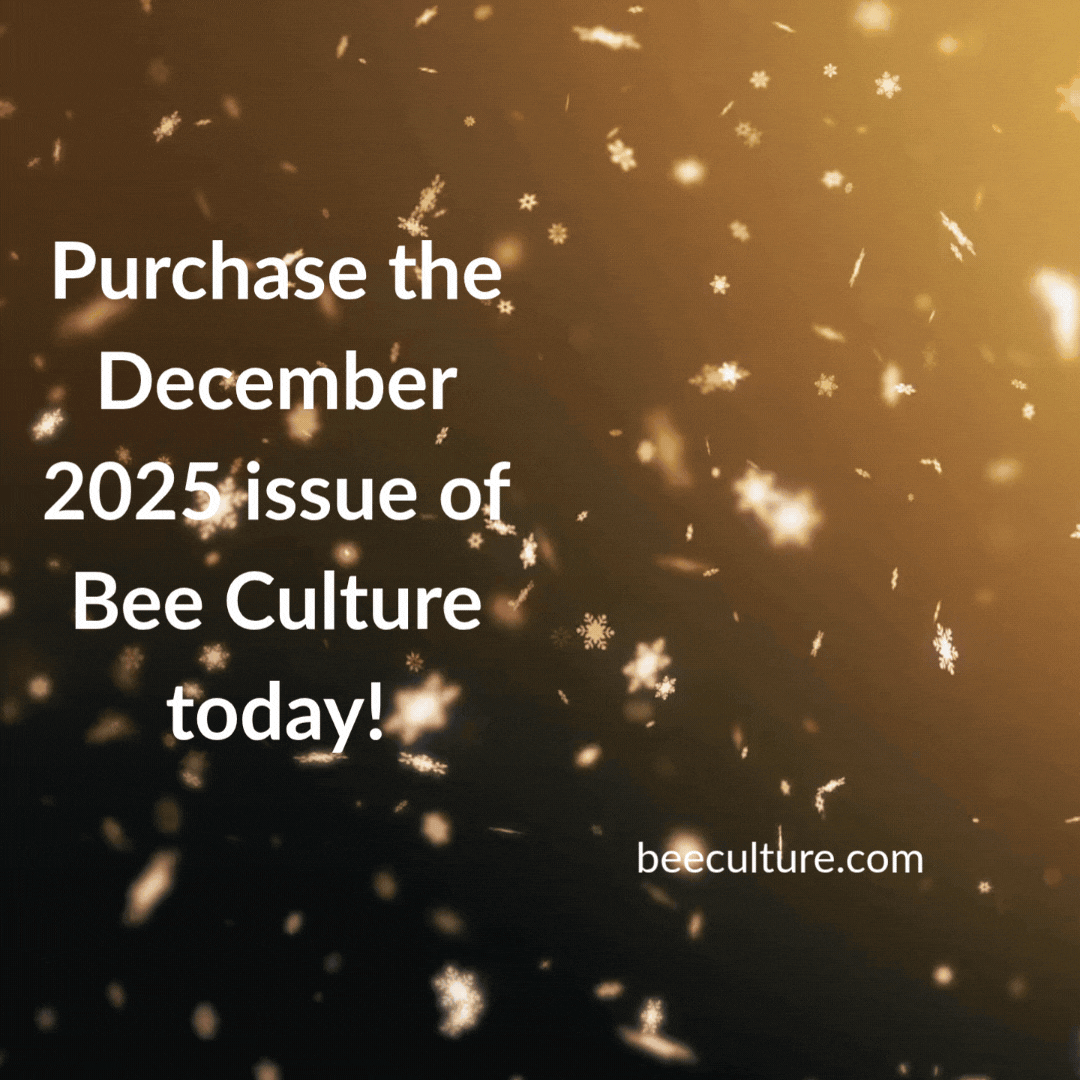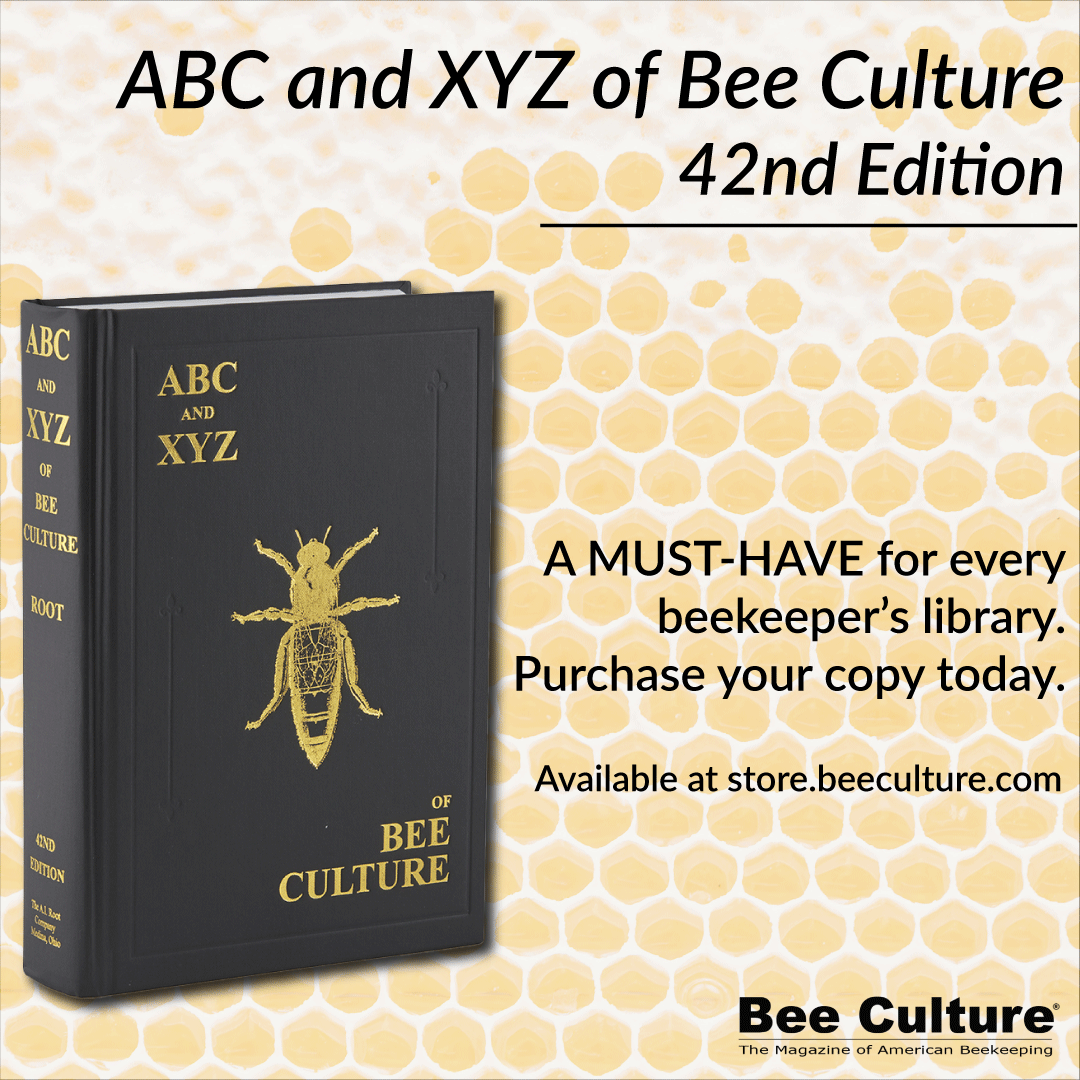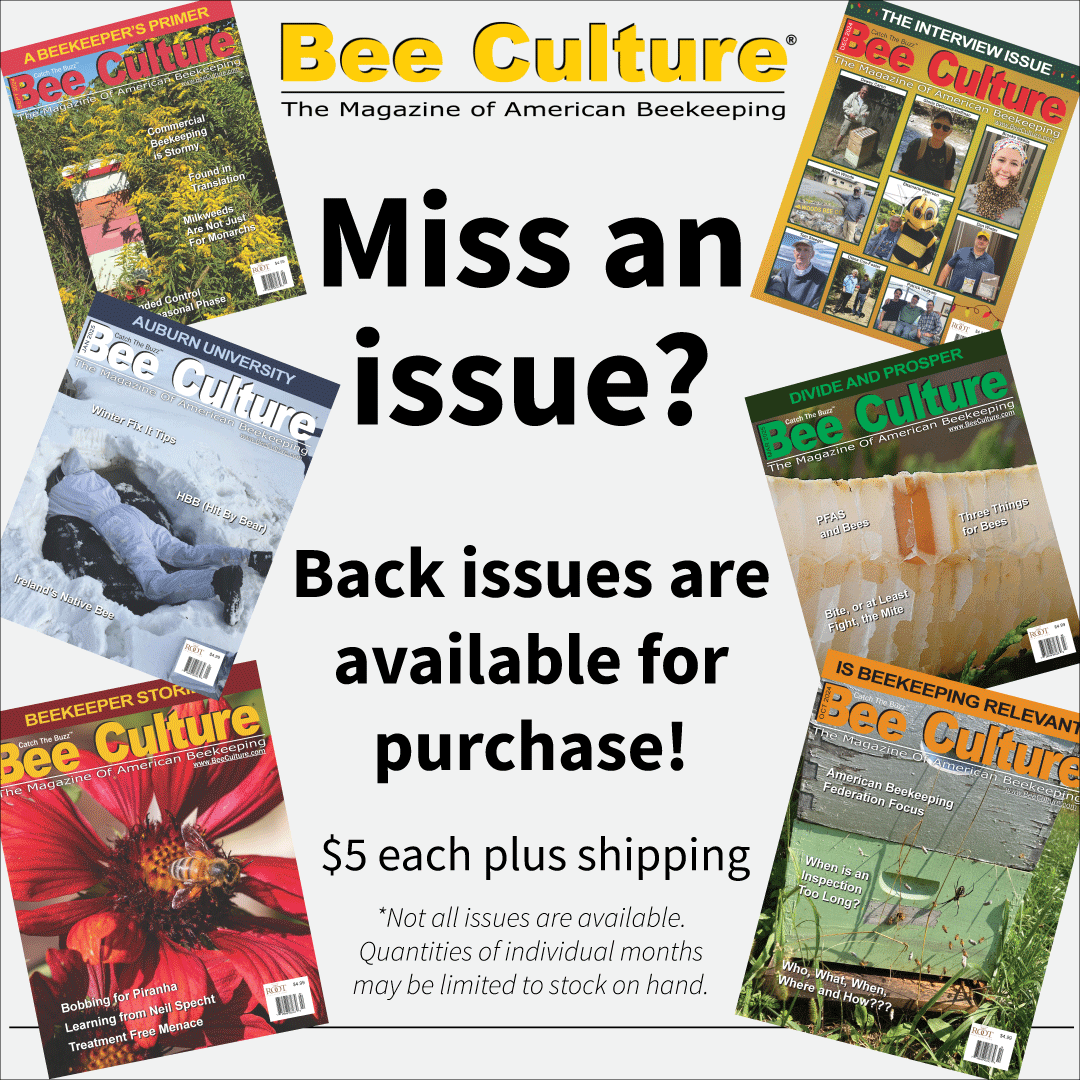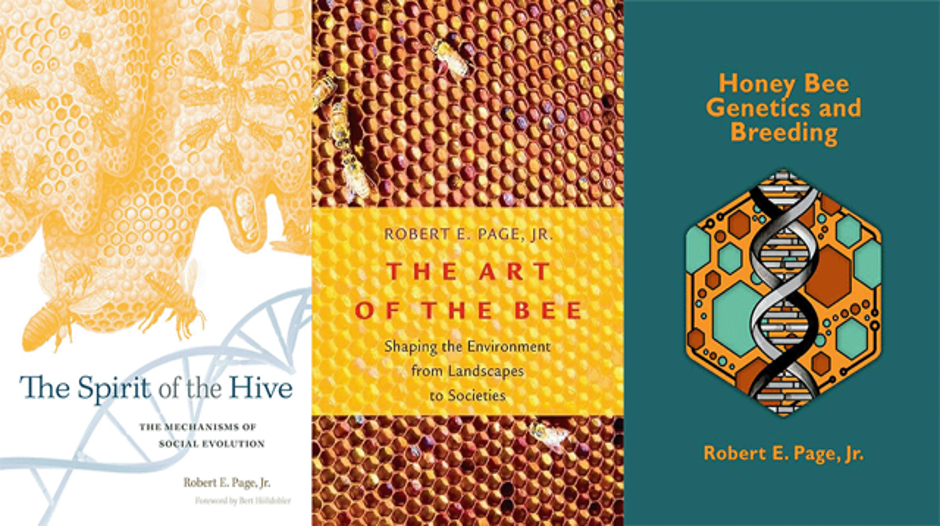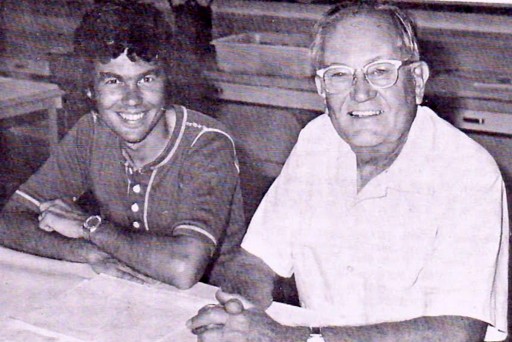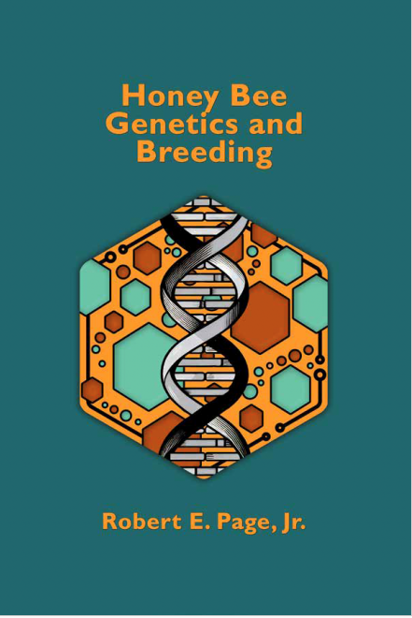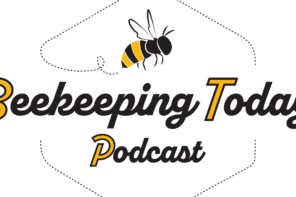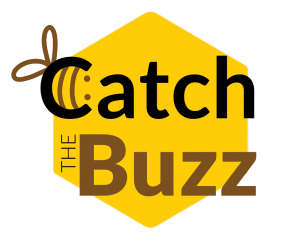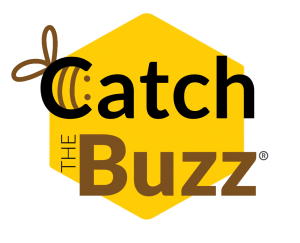By Robert E. Page, Jr.
Book Review by Susan Cobey
Rob Page’s new book, Honey Bee Genetics And Breeding, is a must read for beekeepers, students and researchers interested in bee genetics, selection and breeding methods. Finally, we have a resource that provides comprehensive coverage of this subject. Rob presents this clearly, supported by his research and examples of various breeding programs in an insightful and highly informative presentation. The published literature addressing bee genetics, breeding scheme methodologies and assays for selecting desirable traits are scattered in the scientific, research and beekeeping journals. It’s like a large puzzle with missing pieces. Rob’s book addresses these aspects in a wealth of information.
In search of more sustainable solutions to the current challenges our beekeeping industry faces and the recognized need to reduce the arsenal of miticide treatments, selective breeding offers an encouraging potential. Stock improvement of honey bees has been elusive compared to the advances of other livestock and crop production programs. Honey bees presents some unique challenges, given their genetic complexity resulting from multi-mating and a high rate of recombination.
Colony fitness and productivity are dependent upon genetic diversity, both within the colony and the breeding population. The colony is a dynamic social structure with numerous subfamilies, interacting networks of genes with a remarkable ability to adapt to changing environmental conditions. This complexity presents challenges for honey bee breeding programs, requiring selection for multiple traits with consideration of environmental impacts. It’s a balancing act, between the selection of valued traits which narrows the gene pool, and the need to maintain genetic diversity, the raw tools for selection that enhance overall fitness. Rob addresses these factors with well documented examples, in his review of various programs, supported by his own research in exploring the mechanisms involved.
My favorite example that I often use to describe selective bee breeding is Rob’s balloon metaphor. Pressure applied to attain a certain shape, often results in an unexpected bulge and reshaping of the entire balloon. When pressure is removed, this returns to the original shape. Rob emphasizes, there is no single gene for a single trait, a common misconception. Behavioral traits are influenced by the complexity of interacting networks of genes, social behavior and the environment, all working collectively and cooperatively. Additionally, beekeeping management practices play a major role.
All bee breeding programs are designed around the fact honey bees are highly sensitive to inbreeding and that genetic variability in the breeding population is essential for selection. I had the great fortune to be at University of California, Davis when Dr. Harry Laidlaw, Professor Emeritus and Rob Page, then a graduate student studying population genetics, developed their Closed Population Bee Breeding Program (CPBP) computer model. Dr. Laidlaw was very involved with the California commercial queen producers and saw the need for a more practical and simple breeding scheme. The inbred-hybrid system used for the Starline and Midnight lines and circular breeding programs used in animal breeding were labor intensive, inhibiting their adoption by beekeepers. Basically, Page and Laidlaw proposed what beekeepers were doing, mass selection within their operations. Using controlled mating, tightening up the selection process and adding record keeping tracking generations over time, their theory provided a practical, doable and effective breeding system. The CPBP is flexible, in that you are not dependent upon a few select queens, rather work with a genetically diverse population.
Starting our commercial queen production business in the early 80’s, Tim Lawrence and I used the CPBP to develop a Carniolan line of bees. Italian bees were the prominent commercial stock and Carniolan bees difficult to maintain due to outcrossing with Italian drones. I knew with instrumental insemination I could maintain these. Having the best mentors, Dr. Harry Laidlaw and Dr. John Harbo, who I worked with at the USDA Baton Rouge Lab, gave me confidence with this tool, few in the industry had embraced. My beekeeping career has been based upon applying the Page-Laidlaw CPBP theory to develop and maintain the New World Carniolan line. The practicality and simplicity of the program gave it longevity. Many bee breeding programs have now converted to use this breeding scheme.
Honey bee breeding is a lifelong adventure and passion. As a young, idealistic beekeeper venturing into developing a commercial stock, Dr. Harry Laidlaw told me, “You will never be bored by the challenge of selecting the “super” bee. She doesn’t exist; the journey will be the reward”. Four decades later, this has proven true.
Today, the major focus of bee breeding programs is reducing the impact of Varroa. Currently the major pest of beekeeping worldwide, this parasite jumped host species and evolved to specialize on European bees. In review of various programs, Rob points out that few selection programs have been successful in developing resistance to the level no chemical treatments are required. The successful programs, as described in Avignon, France and Gotland Sweden, come at the high cost of reduced colony performance, lower brood and honey production, unacceptable to commercial beekeepers.
Honey bee immunity is multifactorial, involving a suite of social behavioral traits and individual physiological, and anatomical traits. Having few genes for immunity, the honey bee immunity system relies on cooperative social behaviors, as hygienic and grooming behavior. Extreme selection for a specific trait can result in a high cost to the colony, such as hygienic behavior in which brood is cannibalized and wax comb chewed. Indeed, many traits confer resistance, and likely many have yet to be identified. Genetic diversity in the breeding populations is critical for selection and productivity. Rob’s advice at the start of our breeding program was to select for general high performance; brood viability, honey production, good temperament and overwinter ability and to eliminate colonies with symptomatic disease. The tedious process to identify specific traits was less important and limited in the ability to evaluate numerous colonies quickly.
The intricacies and complexities of honey bee breeding are well documented in Rob’s work on selection for high and low pollen hoarding colonies, of which he spent most of his career exploring. Mentioned is this book, it is more thoroughly covered in his two earlier books, Spirit of the Hive and Art of the Bee. I went back to re-read these. Its’ a fascinating, well documented story of how selection of a single trait over many generations is affected by the complexity of interacting networks of genes that change response thresholds and restructured the colony. Single trait selection for high pollen collection changed communication, increasing sensitivity to chemical signals and increased reproductive activation. Among Rob’s discoveries, the high pollen line increased recruiting and scouting behavior resulting in more and earlier pollen foragers and consequently shorter lives. Workers produced more vitellogenin, had a higher number of ovarioles and laid sooner under queen-less conditions. This fascinating story demonstrates the dynamic adaptability of this superorganism.
The future of bee breeding will increasingly depend upon cooperation between the apiculture scientific community, to provide the methodology and new tools for selection, and the beekeeping industry’s adoption and application in the field. The feedback loop in this process will be essential to success. Rob acknowledges we are entering a new era of beekeeping, as selection and breeding resistant stocks becomes increasingly important to the health and viability of our beekeeping industry. The sequencing of the honey bee genome and the development of new genomic tools offers a new approach to honey bee breeding.
The potential to identify genes responsible for economically important traits and an ability edit genes to increase resistance to pests and disease offers new strategies to the industry’s current challenges. There are obstacles, the honey bees’ extreme polyandry, high rate of recombination and behavioral plasticity to environment change. Coupling the use of these new tools with traditional field selection may offer sustainable solutions. Again, this requires a cooperative effort between the two worlds of honey bee research and the commercial industry. New molecular techniques can identify desirable genes with low frequency that are not phenotypically expressed and desirable traits that are very labor intensive to select. This new era of beekeeping has the potential to move our industry toward the goal of producing stocks that are both productive and Varroa resistant. Rob’s book paints a colorful background of the current knowledge required to move into this new era of beekeeping.
This is Rob’s third book, also see Spirit of the Hive and Art of the Bee and consider these a must-read series. These 3 books are packed with information, admiration for the honey bee and take you on Rob’s journey exploring his strong curiosity of the honey bee world. These tiny, amazing animals, fascinating in their organization and complexity and critical to ensuring our food supply, continue to provoke our curiosity and inspire our passions.
Available from Wicwas Press orders@wicwas.com



